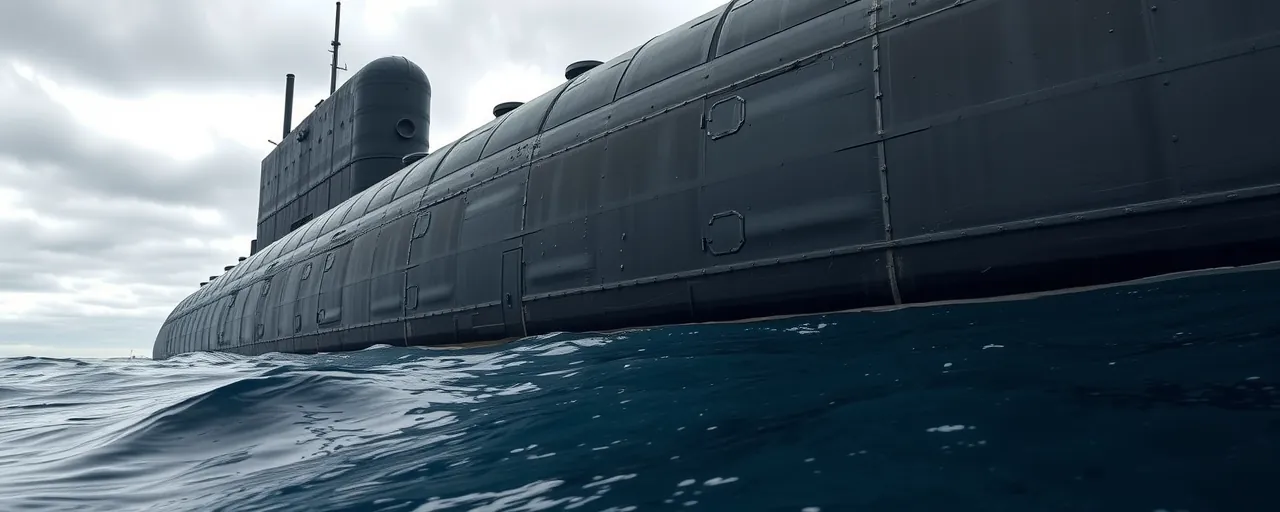Hollywood and the Pentagon Team Up
Mission: Impossible – The Final Reckoning thrilled audiences with scenes aboard a Navy aircraft carrier and inside a submarine. Behind the spectacle lies a deep collaboration between Hollywood and the Department of Defense. The Pentagon lent ships, aircraft, and expertise to ensure the film’s military moments felt authentic, from the hum of CV-22 Ospreys to the disciplined rhythm of sailors on deck.
This partnership has a long history. For decades, the Defense Department has provided studios with access to bases, equipment, and advisors to craft realistic portrayals of military life. As viewers cheer Tom Cruise’s stunts, bigger questions emerge about the cost, influence, and purpose of this alliance.
Bringing Military Precision to the Big Screen
To create Mission Impossible’s gripping scenes, the Pentagon supplied major assets. The USS George H.W. Bush, a Navy aircraft carrier, welcomed the film crew off Italy’s coast in 2023. Air Force CV-22 Ospreys, flown from Crete, soared through aerial shots, while the USS Rickover’s exterior doubled as a fictional submarine. Studios cover only costs like fuel, making these resources a budget-friendly boost for filmmakers.
Active-duty personnel shaped the film’s authenticity. Air Force crew members guided actresses on pilot dialogue, ensuring every word landed true. Sailors on the carrier served as extras, their real routines captured on camera. Marine Corps advisors even corrected costume details, swapping tan belts for gear fit for Special Forces. These efforts, guided by strict Pentagon rules, aim to keep filming smooth without disrupting military operations.
Filming in active zones carried risks. Navy Lt. Cmdr. Matthew Stroup explained that the crew stood ready to halt production if real-world needs arose. The focus on details, from uniform patches to naval procedures, reflects a commitment to portraying service members as skilled professionals, not just cinematic props.
The Pentagon’s Stake in Hollywood
The Defense Department partners with studios for clear reasons. Authentic portrayals combat stereotypes and honor military service. These films also amplify public support and recruitment. Past projects like Top Gun drove a 500 percent spike in Navy enlistments and an 8 percent rise in Air Force applications. Mission Impossible, with its global audience, showcases U.S. military strength to millions.
Some policymakers champion these collaborations as vital for national pride and enlistment, especially with recruitment at its lowest since 1947. The Pentagon’s Entertainment Media Office reviews scripts under agreements like DoD Instruction 5410.16, approving only projects that align with military values. This ensures films reflect the discipline and dedication of service members.
Ethical Concerns in the Spotlight
The Pentagon’s role draws scrutiny. Some question why taxpayer-funded ships and personnel support commercial films. The script review process, which can require edits, raises fears of censorship. Films critical of U.S. military actions, like Platoon or In the Valley of Elah, often miss out on Pentagon backing, while pro-military stories gain access.
Transparency advocates highlight broader issues. Glamorized war films can obscure the human and environmental costs of conflict, shaping public views to align with Pentagon goals. Scholars describe this as a “military-entertainment complex,” where entertainment doubles as strategic messaging. They call for public access to assistance agreements and more support for films that challenge military narratives.
Authenticity Meets Influence
The Pentagon’s involvement in Mission Impossible delivers striking realism. Advisors ensured details, like a submarine captain’s steady demeanor or a Marine’s precise gear, felt true to life. Actor Tramell Tillman studied real commanders to nail his role, while director Christopher McQuarrie sought crew feedback to perfect scenes. The result is a film that immerses viewers in military precision.
Yet this collaboration shapes stories subtly. By highlighting heroism and skill, the Pentagon crafts a polished image of service. This can overshadow war’s harsher truths, like civilian losses or soldiers’ mental health struggles. Audiences, caught up in the action, may form views of military life shaped more by strategy than reality, a dynamic driven by this creative partnership.
Looking Beyond the Screen
The Pentagon-Hollywood alliance, vividly displayed in Mission Impossible, offers both rewards and challenges. The film’s authentic visuals honor military expertise and may inspire recruits. For sailors on the USS George H.W. Bush, Tom Cruise’s visit brought a morale boost during a tough deployment.
Still, ethical debates linger. Should public resources fund private films? Does Pentagon oversight skew cultural narratives toward militarism? Both supporters and skeptics fuel a call for scrutiny, urging a balance between compelling storytelling and honest depictions of military life.
This partnership’s reach extends far beyond theaters. It shapes how we see service, conflict, and America’s global role. As new films, series, and games tap Pentagon support, the task is to craft stories that captivate without glossing over the complex truths of war.
